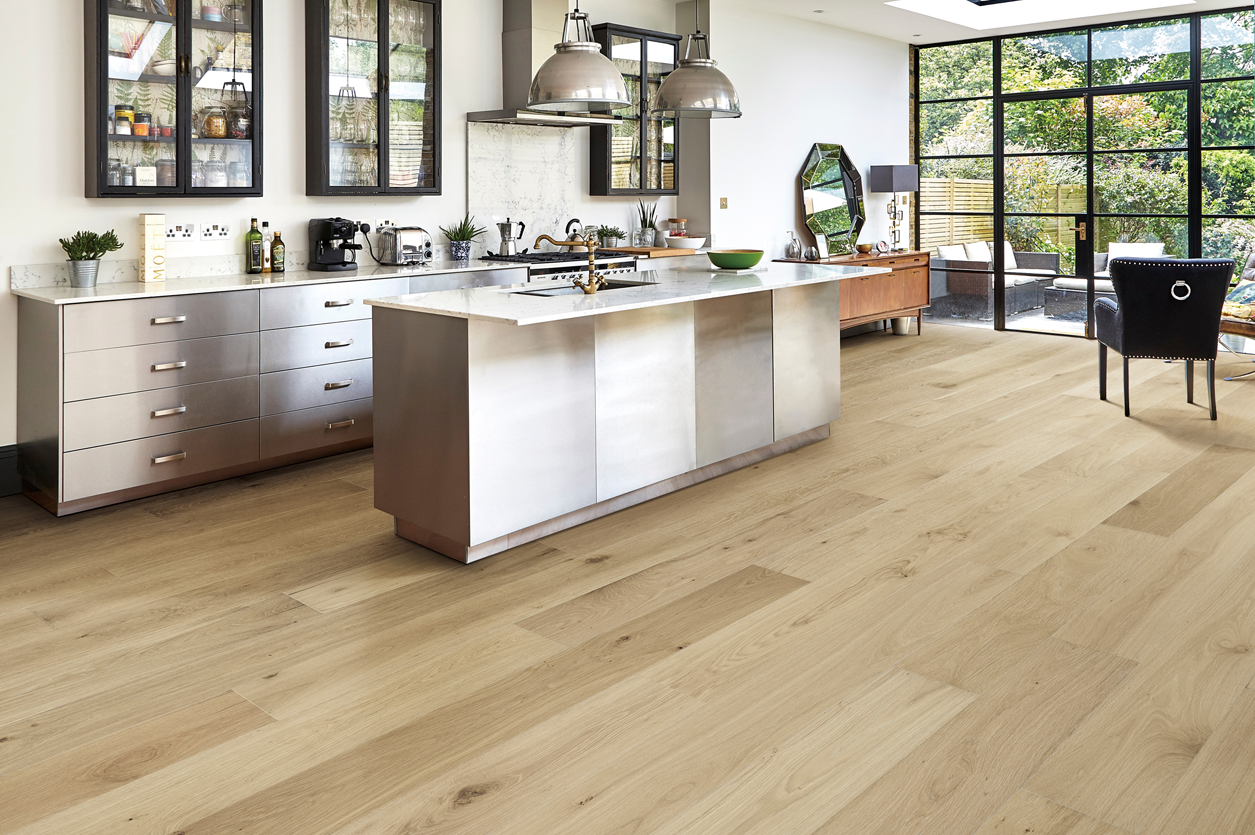
The latest Color Enhancing Technologies in Hardwood Flooring. Do you know what you are selling (buying)?
Hardwood flooring is the most valued aspect in the home. With new and innovative techniques coming onto the market all the time, it keeps this natural product high quality, beautiful and cutting edge as well as continuing to enhance the natural qualities so sought after. Because the advancement in techniques and innovation never stop, so too does the need to stay informed about the benefits, effects, and costs of these technologies. Terms such as Thermal Enhanced, Reactive Staining, Chemical Staining, or Fumed need to be well defined and understood for those working with hardwoods.
Thermal Enhanced – Thermal enhanced or modified wood is a natural, non-toxic alternative to chemically treated products. The wood is essentially “cooked” in an oxygen-free oven at temperatures over 400 degrees Fahrenheit. This process changes the cellular and molecular structure of the wood by removing all organic compounds from the wood cells. This heating process is done to enhance the stability and the natural patina of the hardwood, enriching the grain and highlighting the hardwoods natural beauty. Additionally, thermal treating allows the color to penetrate through the surface of the wood veneer so if scratches or gouges happen it is easier to repair or touch up.
Reactive Stains – This is a water-based wood staining process that gives wood floors (mainly Oak) an aged and antiqued look. This process is achieved by using a water-based solution, often composed of iron chloride, a salt that is routinely used in the water purification process. When applied to hardwood, the solution accelerates the color changing reaction that occurs within the natural elements of the wood, mainly the tannins. Once applied to the wood, it begins a fast-acting reaction between the dissolved minerals in the stain and the natural tannins found in the wood deeply enhancing the overall color.
Fumed – Another process we hear about is fuming, also referred to as smoked. This is a process where the wood is exposed to ammonia, which in turn reacts to the natural tannins in the wood, to bring out new color and variations. Depending on the tannin content of each plank, the color change can be quite drastic from board to board.
I love that manufactures have found ways to enhance the staining technique of hardwood in natural and safe ways, giving it looks that laminate and SPC will have a hard time matching, thus, making it an exclusive design. These techniques continue to advance the hardwood category but also continue to show why hardwood will always be the gold standard in the floor covering industry. Nothing beats the real thing.

